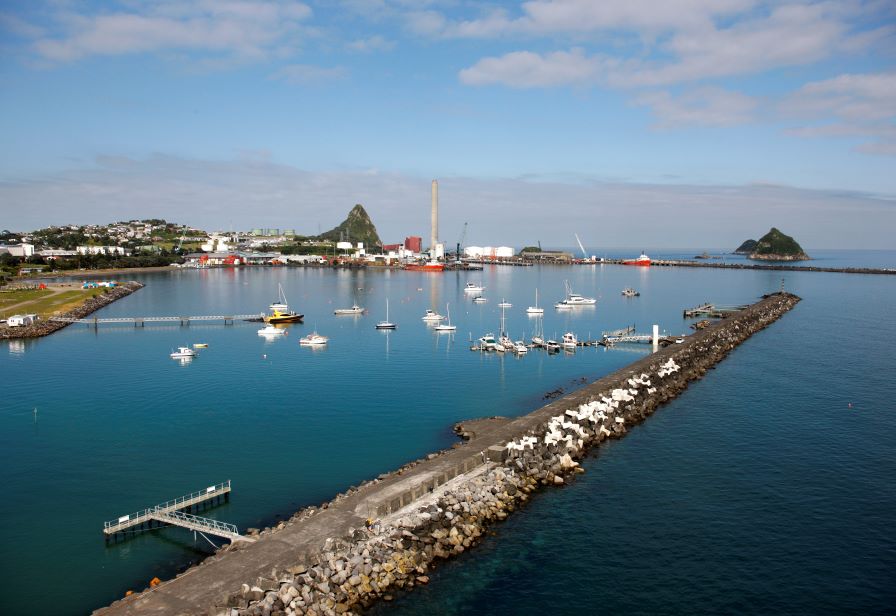Summer is a great time to head out to fish for kai or just enjoy the fantastic Taranaki coastline but boaties and kayakers need to remember some simple rules to keep them and their whānau safe, says Harbour Master Tony Parr.

Harbour Master Tony Parr says boaties should keep their speed below 5 knots within 200 metres of the shore, particularly off Ngamotu Beach or the Lee Breakwater.
Mr Parr has highlighted a number of ‘must dos’ for those taking to the water including keeping speed down, having lifejackets for everyone on board, being able to communicate with the shore and following some simple rules about speed around divers and swimmers.
“Taranaki is an amazing place with some beautiful coastline and great places to catch some kai and I know boaties will be looking forward to getting out there over the summer,” says Mr Parr. “What we don’t want is any accidents or injuries and there are some simple things boat skippers and kayakers can do which will help keep people safe and sound.
“First and foremost, you must carry enough lifejackets or personal floatation devices for everyone on board, and they’ve got to be the right size. I’d recommend you have a ‘boat rule’ that lifejackets are worn by everyone on board”.
Mr Parr says water users should take their mobile phone with them and ensure it doesn’t get wet by keeping the phone in a waterproof bag. People should have at least one other way of letting people know they need help such as a VHF radio, flares or a beacon.
“One important but simple thing many forget about is to make sure your speed stays below 5 knots when you’re within 200 metres of the shore, particularly off Ngamotu Beach or the Lee Breakwater. That’s about a fast walking speed – if your vessel has a bow wave and a big wake, you’re going too fast,” adds Mr Parr.
For those diving for kai or just for fun, skippers must display a white and blue Flag A so that their boat can be seen by other boats from at least 200 metres away. If other boaties see the flag, they must slow to 5 knots within 200 metres of the vessel with the dive flag.
“All of these rules are really just common sense but it’s worth reminding folk before they get their boats out that just a few simple precautions and preparation can make all the difference,” says Mr Parr.
For more details and other safety tips, check out the Know Before You Go [PDF, 6 MB] reference guide.